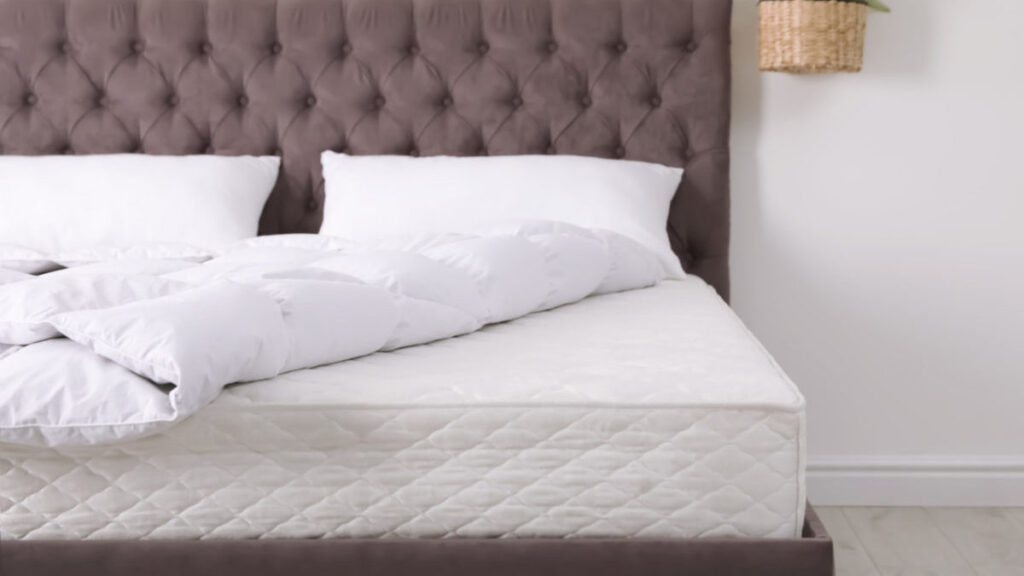Are you wondering “how often should you replace your mattress pad?” Replacing a mattress pad can be a confusing decision, as there are no hard and fast rules as to when a mattress pad should be replaced. In this article, we’ll discuss the factors to consider when determining how often you should replace your mattress pad, so you can make the right decision for your comfort and safety.
What is a Mattress Pad?
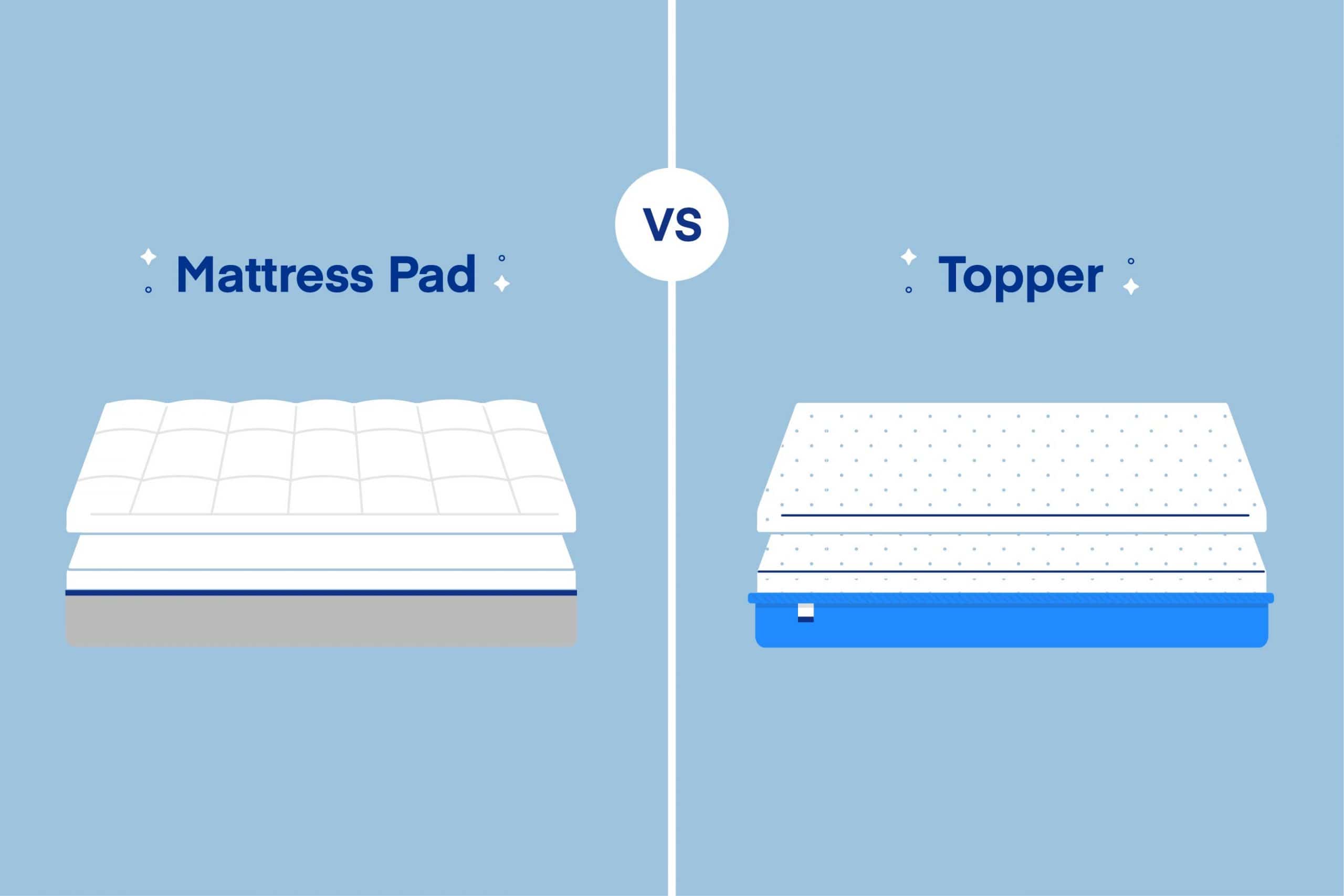
A mattress pad is an essential item for any bed setup. It is a thin layer of material that securely fits over the top of the mattress to provide additional comfort, protection, and support. It usually contains a blend of materials such as cotton, wool, and synthetic fibers to create a soft and breathable surface. The extra layer of material helps to protect the mattress from dirt, sweat, and spills while providing a comfortable sleeping surface.
The mattress pad is generally not as thick as a mattress topper or mattress protector, but it can still provide a great deal of comfort and protection. When shopping for a mattress pad, it’s important to consider the size of the mattress and look for one with a snug fit so it doesn’t move around or bunch up.
How often should you change your mattress pad?
The answer to this question depends on a few factors, such as the quality of the mattress pad, how often it is used, and how well it is cared for. Generally speaking, a well-made mattress pad should last for several years with proper care. However, if the pad is regularly exposed to dirt, sweat, and spills, it may need to be replaced more frequently. It is also a good idea to inspect the mattress pad periodically for any signs of wear and tear, and replace it if necessary.
It is also important to keep in mind that the lifespan of a mattress pad can vary depending on the materials used to make it. For instance, a mattress pad made with natural fibers may need to be replaced more often than one made with synthetic materials.
Overall, replacing your mattress pad when it starts to wear out or look dirty is the best way to ensure you get a good night’s sleep.
What are the Benefits of a Mattress Pad?
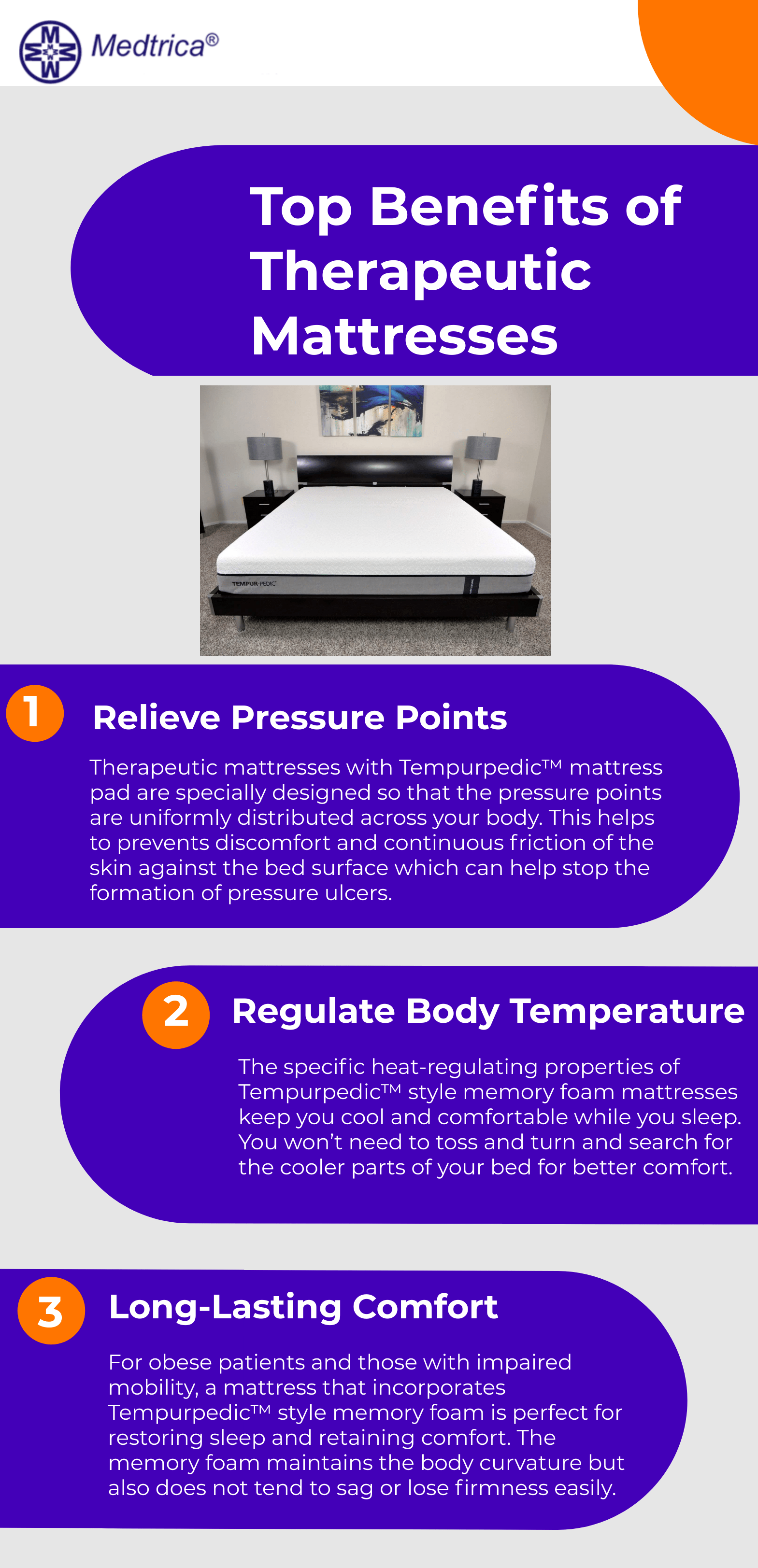
A mattress pad is a great way to improve the comfort of your mattress, while providing additional protection. It can increase the life span of your mattress and protect it from dust mites, spills, and other potential hazards. Here are some of the benefits of using a mattress pad:
| Benefit | Description |
|---|---|
| Added Comfort | A mattress pad can add extra cushioning to your mattress, making it more comfortable to sleep on. |
| Protection | A mattress pad can protect your mattress from dust mites, spills, and other potential hazards. |
| Extended Life Span | By protecting your mattress from dirt, spills, and other potential hazards, a mattress pad can help extend the life of your mattress. |
| Versatility | Mattress pads come in a variety of materials, so you can choose one that fits your needs and budget. |
What are the Different Types of Mattress Pads?

| Type of Mattress Pad | Description |
|---|---|
| Foam Mattress Pad | Made of polyurethane foam, it is designed to provide a soft cushioning and conform to the body’s shape. |
| Memory Foam Mattress Pad | Designed to contour to the body, providing pressure relief, support, and stability. |
| Latex Mattress Pad | Made of natural or synthetic rubber, it offers a firmer feel than foam but is still comfortable. |
| Down Mattress Pad | Made from natural down feathers, it provides a luxurious, soft feel. |
| Cotton Mattress Pad | Made from cotton, it offers comfort, breathability, and durability. |
| Wool Mattress Pad | Made from wool, it is naturally hypoallergenic and breathable, making it ideal for those with allergies. |
| Synthetic Mattress Pad | Made from synthetic materials like polyester, it is highly durable and often waterproof. |
Mattress pads are designed to provide an extra layer of comfort and protection to your mattress. They come in a variety of materials, including foam, memory foam, latex, down, cotton, wool, and synthetic materials. Each type of mattress pad offers different benefits, from providing cushioning and support to breathability and waterproofing.
How Often Should You Replace Your Mattress Pad?
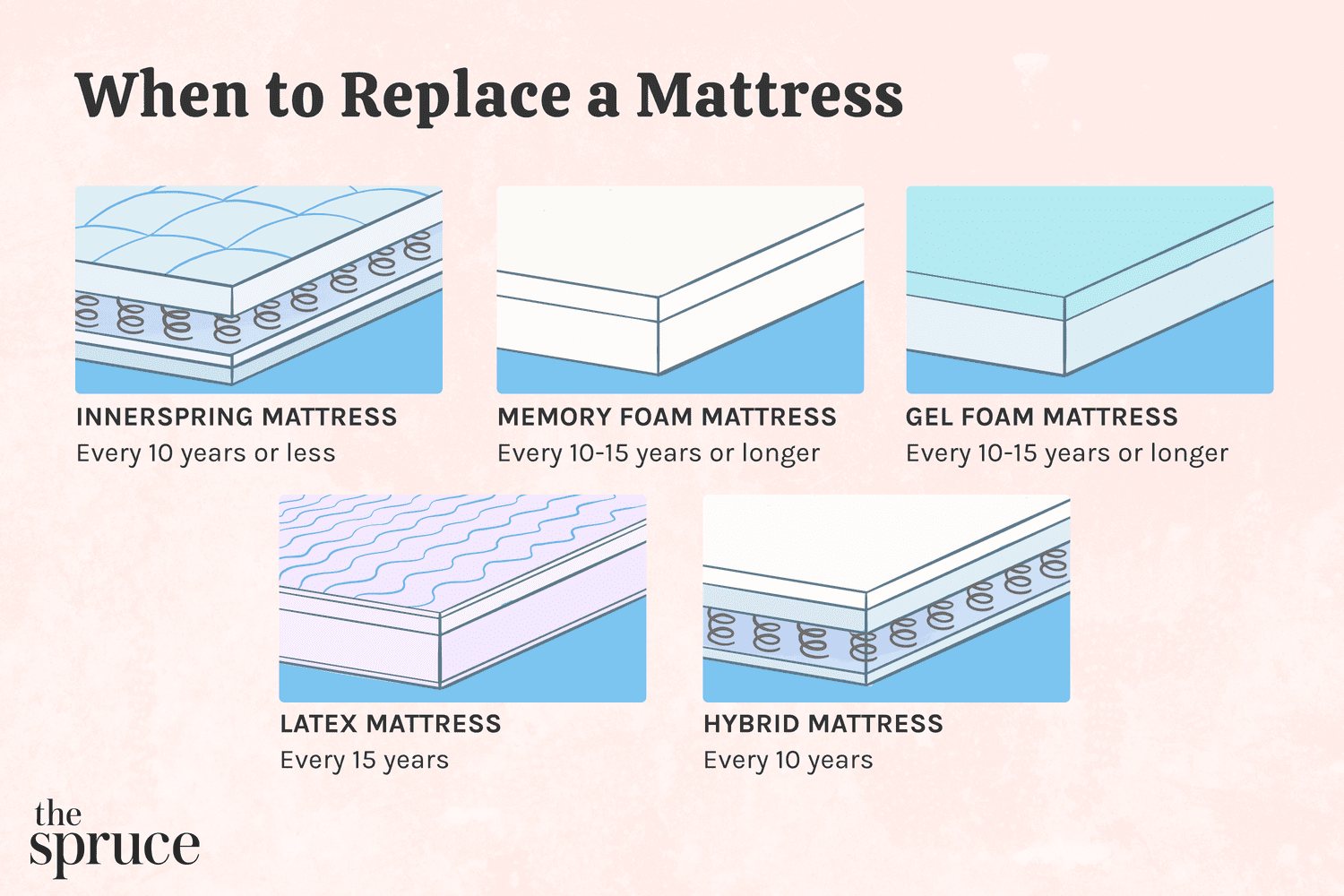
Foam Mattress Pads
Foam mattress pads typically last between 3-5 years. If you notice any signs of wear and tear, such as indentations, tears, or lumps, then it’s time to replace it. Be sure to rotate and flip your foam mattress pad regularly to ensure even wear and tear.
Cotton Mattress Pads
Cotton mattress pads are generally more durable than foam mattress pads, but they may need to be replaced every 2-3 years. Signs of wear and tear such as fraying, thinning, or discoloration are all indicators that it’s time for a new mattress pad.
Synthetic Mattress Pads
Synthetic mattress pads are made of materials such as polyester or polypropylene, and are designed to be more durable than foam and cotton pads. Depending on the quality of the material, these pads may last between 4-7 years.
Feather Mattress Pads
Feather mattress pads are one of the most durable types of mattress pads. They are usually made with a combination of feathers, down, and polyester, and they can last up to 10 years with proper care. It’s important to regularly fluff your feather mattress pad to keep it in good condition.
How to Prolong the Life of Your Mattress Pad
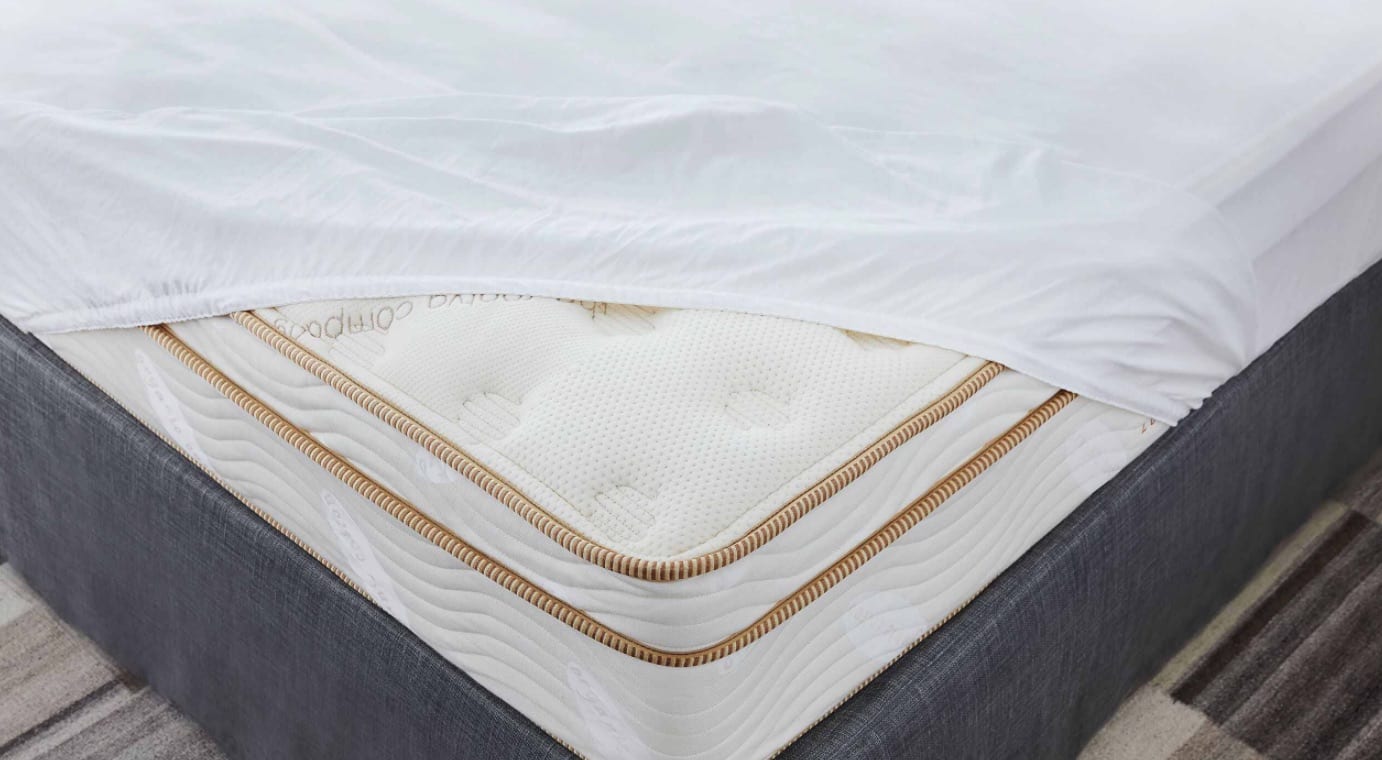
To ensure that your mattress pad lasts for as long as possible, it’s important to take proper care of it. Here are a few tips on how to do this:
Vacuum regularly: Vacuuming your mattress pad on a regular basis can help to remove dirt, dust, and other debris that can accumulate over time. This will help to keep your mattress pad clean and prolong its life.
Spot clean: If you encounter any spills or stains on your mattress pad, it’s important to spot clean them immediately. This will prevent any further staining and will help to extend the life of the mattress pad.
Air it out: Every few months, it’s a good idea to air out the mattress pad by putting it outside in the sun or taking it to the laundromat to have it professionally cleaned. This will help to reduce any odors and keep the mattress pad looking and feeling fresh.
Use a mattress cover: Investing in a mattress cover can help to protect the mattress pad from dirt, dust, and other debris. It can also help to reduce wear and tear on the mattress pad, making it last longer.
By following these tips, you can help to extend the life of your mattress pad and ensure that it remains comfortable and supportive for as long as possible.
How to Clean Your Mattress Pad
Cleaning your mattress pad is essential to maintain its longevity and comfort. To do so, it’s best to start by vacuuming the mattress pad using an upholstery attachment. This will remove any dust, dirt and debris. Next, use a mild detergent or upholstery cleaner to gently spot clean any stains. Allow the mattress pad to air dry completely before placing it back on the bed. Make sure to avoid over-wetting the mattress pad as this can lead to mold growth.
If your mattress pad is made of an absorbent material, such as memory foam, it’s best to spot clean it with a damp cloth. Again, use a mild detergent or upholstery cleaner and allow it to air dry completely. For more stubborn stains, use a stain remover before spot cleaning.
It’s also important to rotate your mattress pad regularly to ensure even wear. This will help prolong its life and keep it comfortable for longer.
Frequently Asked Questions
How do I know if I need to replace my mattress pad?
Signs of Wear and Tear
- Signs of staining or discoloration
- Tears, rips, or frayed seams
- Flattening or indentations
- Lumps or bumps
- Reduced cushioning or comfort
Replacing a mattress pad can improve your sleep comfort and extend the life of your mattress. You should inspect your mattress pad regularly for signs of wear and tear, including: staining, tears, rips, frayed seams, flattening, indentations, lumps, bumps, or reduced cushioning or comfort. If any of these signs are present, it is time to replace your mattress pad.
What should I look for when shopping for a mattress pad?
Material: Make sure the mattress pad is made of breathable and durable material such as cotton or wool. Avoid synthetic fabrics that can trap heat and moisture.
Filling: Choose a mattress pad with a filling that provides comfortable and supportive padding. Down, memory foam, and latex are all popular options.
Thickness: Consider the thickness of the mattress pad to get the most effective cushioning. Thicker pads may provide more comfort but may also be more expensive.
Hypoallergenic: If you suffer from allergies, look for mattress pads made from hypoallergenic materials.
Size: Measure your mattress before you shop to make sure you get the right size mattress pad.
Cleaning: Look for a mattress pad that can be easily cleaned and maintained. Some pads are machine-washable, while others may need to be spot-cleaned or dry-cleaned.
What is the Best Type of Mattress Pad for My Needs?
The best type of mattress pad for your needs depends on your personal preferences, budget, and sleeping habits. Consider factors such as comfort, firmness, breathability, and temperature regulation to determine which mattress pad will best fit your needs. Some of the most common types of mattress pads include memory foam, latex, wool, and cotton. Memory foam mattress pads are great for providing extra cushioning and support. Latex mattress pads are a great choice for those looking for a softer sleeping experience. Wool and cotton mattress pads are great for providing extra warmth and comfort.
How Often Should I Wash My Mattress Pad?
- Monthly: Vacuum your mattress pad once a month to remove dust, dirt, and debris.
- Bi-Monthly: Spot clean your mattress pad every two months using a mild detergent and cold water.
- Seasonally: Wash your mattress pad in the washing machine with cold water and a mild detergent at least every three months.
For best results, follow the instructions provided on your mattress pad’s packaging. Some mattress pads may require a different cleaning schedule, so be sure to check your manufacturer’s instructions.
Does the type of mattress pad I choose affect the lifespan of my mattress?
Yes, the type of mattress pad you choose can affect the lifespan of your mattress. Different materials have different levels of breathability, durability, and comfort, which can all contribute to the longevity of your mattress. For example, a mattress pad made of a thick, supportive material like memory foam is likely to last longer than one made of a thin, synthetic material. Additionally, mattress pads with waterproof layers can help protect your mattress from spills and protect against dust mites and other allergens.
Conclusion
Mattress pads should be replaced every three to four years to ensure optimal comfort and hygiene. However, depending on your lifestyle and sleep habits, you may need to replace your mattress pad sooner or later. It’s important to check the condition of the mattress pad regularly and replace it when needed.
